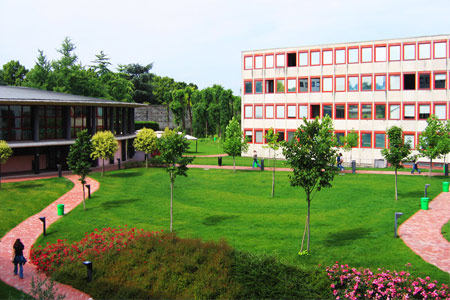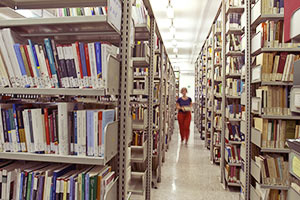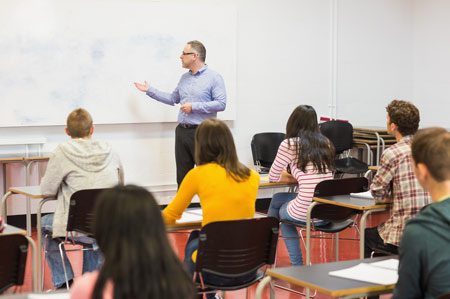Modulo 1 – Istituzioni di filologia: problemi e metodi. [18 ore = 3 CFU]
Bibliografia essenziale:
1. A. STUSSI, Breve avviamento agli studi di filologia italiana, Bologna, Il Mulino, 2002.
2. (a) B. BENTIVOGLI-P. VECCHI GALLI, Filologia italiana, Milano, B. Mondadori, 2002.
OPPURE
(b) G. INGLESE, Come si legge un'edizione critica, Roma, Carocci, 1999.
Ai due manuali sopra indicati (obbligatori per tutti, e necessari alla preparazione dell'esame, si affiancherà il facoltativo e occasionale ricorso, per i singoli autori e testi, alle ampie trattazioni contenute in C. CIOCIOLA (a cura di), Storia della letteratura italiana. Vol. X: La tradizione dei testi, Roma, Salerno, 2001.
Modulo 2 – L’arte, la pagina, la vita: l’artista-autore e l’artista-attore nella letteratura del Rinascimento italiano. [18 ore = 3 CFU]
During the Mediaeval and Renaissance periods the artists could not rely upon any privileged social or cultural status: their profile was rather equivalent to the various categories of craftsmen that were active in the city and often associated with typical behaviours such as distraction, oddity and even impotence or homosexuality. An apparent exception is Giotto who, like Dante, was granted an early, undisputed leadership which resulted in various anecdotes and other forms of literary use. The course aims at assessing a selection of texts to draw a portrait of the artist as a writer and as the protagonist of many narrative texts.
Testi:
1. La novella del Grasso Legnaiuolo nelle redazioni di A.Manetti, dei Codici Palatino 51 e Palatino 200, di Bernardo Giambullari e di Bartolomeo Davanzati, a cura di A.Lanza, Firenze, Vallecchi, 1989.
2. I Sonetti del Burchiello, a cura di M. Zaccarello, Torino, Einaudi, 2004.
3. Leonardo da Vinci, Scritti letterari, a cura di A. Marinoni, Milano, BUR, 2002.
NOTA BENE, i non frequentanti dovranno aggiungere:
4. S. FERRARI, Voci del Rinascimento Attraverso gli scritti di artisti e teorici dell’epoca, Milano, Bruno Mondatori, 2008.
5. B. CELLINI, Vita, a cura di E. Camesasca, Milano, Rizzoli, 1985 (e succ. edd.).







